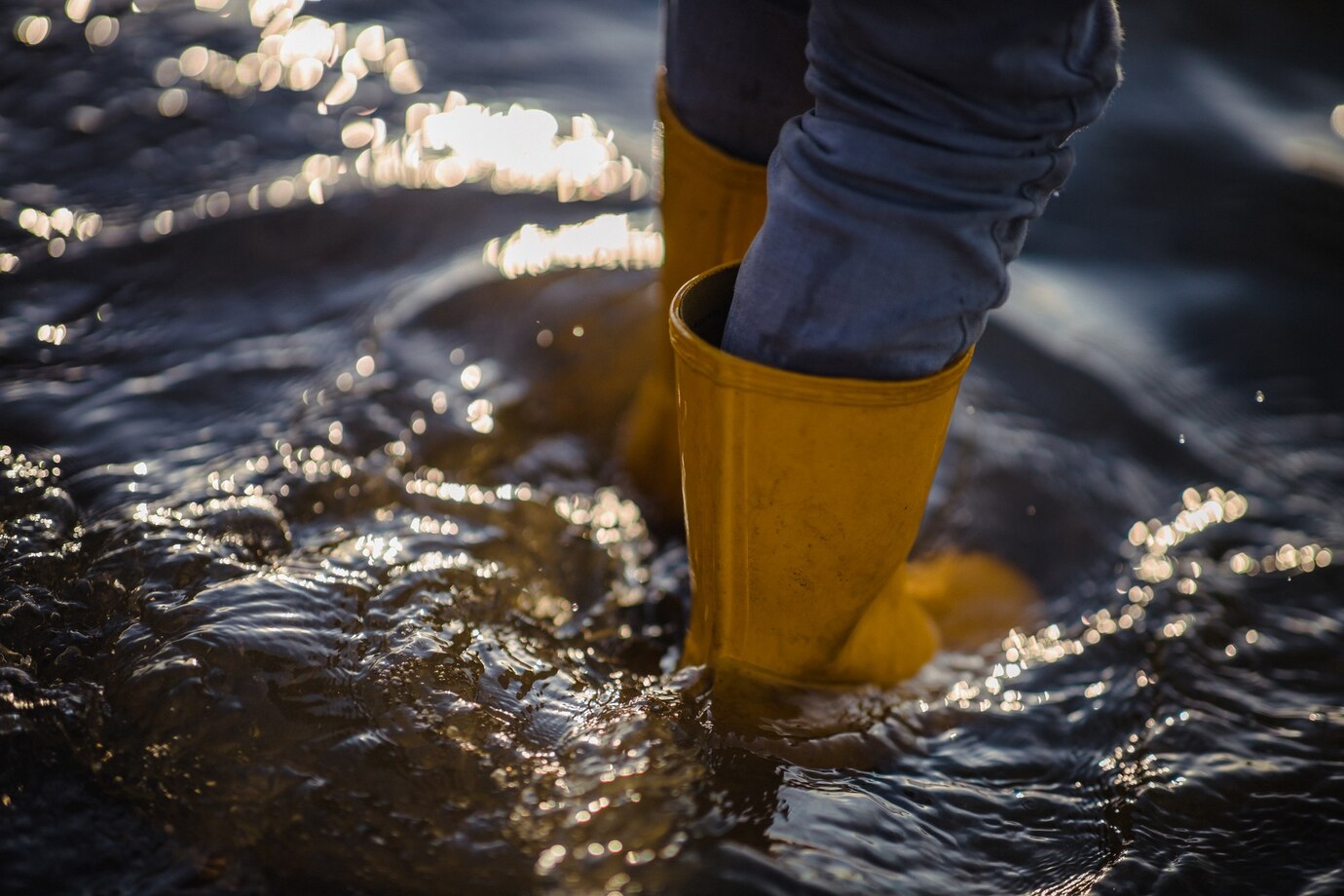Why You Need Flood Insurance: Understanding the Risks and Coverage

When it comes to safeguarding your home and belongings, flood insurance is a critical yet often overlooked aspect of comprehensive protection. While many homeowners are familiar with basic property and auto insurance, flood insurance can be a crucial addition to your coverage, especially if you live in a flood-prone area. Understanding why you need flood insurance and what it covers can help you make informed decisions to protect your property from one of nature’s most unpredictable and destructive forces.
Understanding Flood Risks
Flooding can occur anywhere, not just in high-risk flood zones. Heavy rain, rapid snowmelt, hurricanes, and even dam failures can lead to significant flood events. The Federal Emergency Management Agency (FEMA) estimates that one in four flood claims come from properties outside high-risk flood areas. This means that even if you’re not in a designated flood zone, your home could still be at risk.
Here are some common flood risk factors:
- Heavy Rainfall: Prolonged or intense rain can overwhelm drainage systems, leading to localized flooding.
- Hurricanes and Storm Surge: Coastal areas are particularly vulnerable to flooding from hurricanes and tropical storms.
- Snowmelt: In spring, melting snow can increase river and stream levels, leading to flooding.
- Flooding from Ice Jams: In colder climates, ice build-ups can block waterways and cause flooding upstream.
Why Flood Insurance Is Essential
- Protection Against Unpredictable Events Standard homeowners insurance typically does not cover flood damage. This means if your home is affected by a flood, you might be left paying out-of-pocket for repairs and replacements. Flood insurance, which is often provided through the National Flood Insurance Program (NFIP), offers coverage for damages that are not covered by standard policies.
- Financial Security The cost of flood damage can be substantial. Repairs to structural damage, replacement of personal property, and even temporary relocation expenses can quickly add up. Flood insurance helps cover these costs, providing you with financial security in the event of a flood.
- Mandatory for Some Homeowners If you live in a high-risk flood area and have a mortgage from a federally regulated or insured lender, flood insurance is often required. Even if it’s not a requirement, obtaining flood insurance is a prudent decision for anyone living in areas with potential flood risks.
-
Comprehensive Coverage Flood insurance provides coverage for both your home and its contents. Here’s what’s typically covered:
- Building Property: Covers the structure of your home, including its foundation, walls, and floors.
- Personal Property: Covers your belongings, such as furniture, appliances, and electronics.
- Additional Living Expenses: If your home becomes uninhabitable due to flood damage, this can cover the cost of temporary housing and related expenses.
- Peace of Mind Knowing you’re protected against the financial fallout of a flood can provide significant peace of mind. With flood insurance, you can rest easier knowing you have a safety net in place should the unexpected happen.
What Flood Insurance Doesn’t Cover
While flood insurance is comprehensive, it does have limitations. Here are a few things typically not covered:
- Basement and Crawl Space Improvements: Finished basements and improvements might not be fully covered.
- Temporary Housing Beyond Policy Limits: The policy may have limits on coverage for temporary housing.
- High-Value Items: Expensive items such as fine art, jewelry, and collectibles might require additional coverage or separate policies.
How to Obtain Flood Insurance
- Assess Your Risk: Use FEMA’s Flood Map Service Center to determine your flood risk and whether you live in a high-risk area.
- Contact Your Insurance Agent: Discuss your flood risk with your insurance provider. They can help you understand coverage options and get you a quote.
- Purchase Through the NFIP or Private Insurers: Flood insurance can be purchased through the NFIP or private insurers offering similar coverage. Your insurance agent can guide you through the options.
- Review and Update Regularly: Ensure your flood insurance policy is up-to-date with your needs, especially if you make significant home improvements or changes.
Conclusion
Flood insurance might not be top of mind when thinking about home protection, but its importance cannot be overstated. With the potential for significant financial loss and the unpredictable nature of flooding, having the right insurance coverage is essential. By understanding your risks, knowing what flood insurance covers, and obtaining the right policy, you can protect your home and peace of mind from the ravages of floodwaters. Don’t wait for a flood to strike—ensure you’re covered today.